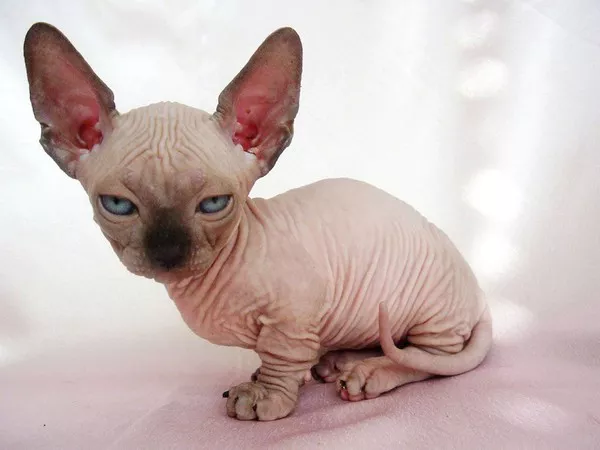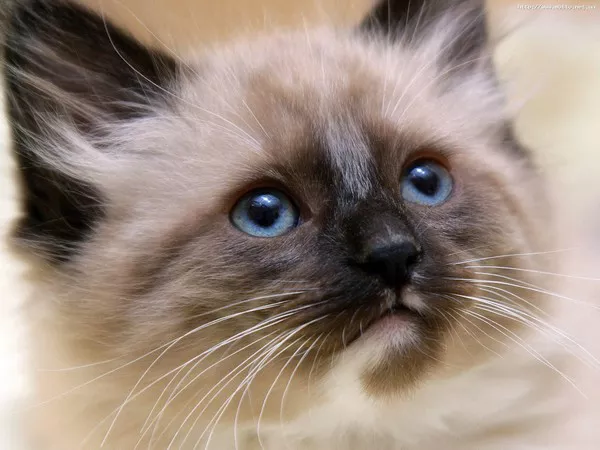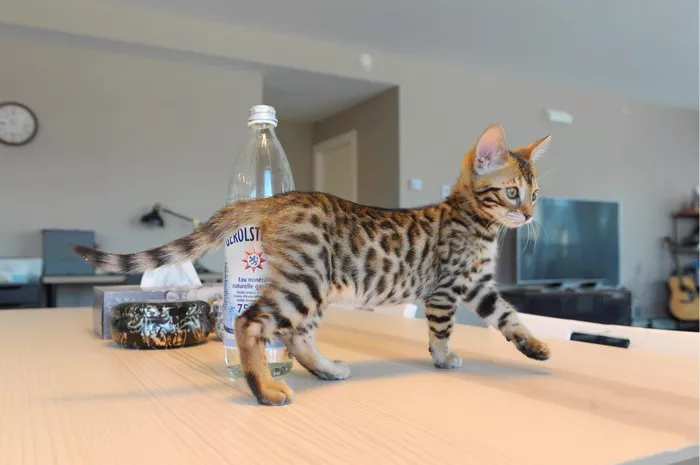Hairless cats, also known as Sphynx cats, are unique and captivating creatures that require special attention and care due to their lack of fur. Despite their hairless appearance, these cats have distinct physical and behavioral traits that set them apart from other cat breeds. In order to provide the utmost care and ensure their well-being, it is essential to understand their specific needs. This comprehensive guide aims to enlighten cat owners on how to properly care for hairless cats, covering various aspects such as grooming, hygiene, nutrition, health, and overall well-being.
Understanding Hairless Cats
1. Hairless cat breeds: Provide an overview of popular hairless cat breeds, including the Sphynx, Donskoy, Peterbald, and Ukrainian Levkoy.
2. Unique physical characteristics: Discuss the distinctive traits of hairless cats, such as their wrinkled skin, large ears, and muscular bodies.
3. Temperament and social behavior: Highlight the friendly, affectionate, and extroverted nature of hairless cats, emphasizing their need for companionship and interaction.
Grooming and Hygiene
1. Frequent bathing: Explain why hairless cats require regular bathing to remove excess oils from their skin and prevent skin infections. Provide step-by-step instructions on how to bathe a hairless cat, including water temperature, choice of cat-friendly shampoo, and drying techniques.
2. Moisturizing the skin: Discuss the importance of moisturizing hairless cats’ skin to prevent dryness and irritation. Recommend suitable moisturizers and demonstrate proper application methods.
3. Cleaning the ears: Highlight the significance of ear cleaning in hairless cats and provide guidance on how to clean their ears safely and effectively.
4. Nail care: Provide tips on trimming hairless cats’ nails and recommend appropriate tools for this purpose.
5. Dental hygiene: Emphasize the importance of dental care in hairless cats, including regular brushing and professional dental cleanings.
Nutritional Needs
1. High-quality diet: Discuss the dietary requirements of hairless cats and recommend high-quality cat food options that meet their unique nutritional needs. Mention the significance of a balanced diet with appropriate protein and fat content.
2. Adequate hydration: Highlight the importance of providing hairless cats with fresh water at all times and suggest alternative methods to encourage water intake, such as using cat fountains or adding wet food to their diet.
Preventive Healthcare
1. Regular veterinary check-ups: Stress the importance of routine vet visits for hairless cats and their specific health concerns. Discuss vaccination schedules, parasite prevention, and overall wellness examinations.
2. Skin care and maintenance: Explain how to monitor the skin health of hairless cats, including checking for any signs of irritation, dryness, or infections. Provide guidance on identifying common skin issues and when to seek veterinary advice.
3. Environmental considerations: Discuss the temperature sensitivity of hairless cats and how to create a comfortable environment for them, especially during extreme weather conditions.
4. Sun protection: Explain the risks of sunburn and skin damage to hairless cats due to their lack of fur, and recommend measures to protect them from direct sunlight exposure, such as providing shaded areas and using pet-safe sunscreen.
Mental and Emotional Well-being
1. Play and exercise: Highlight the importance of engaging hairless cats in interactive play sessions and providing them with suitable toys to keep them mentally stimulated and physically active.
2. Socialization: Explain the sociable nature of hairless cats and advise on the importance of positive human interaction and socializing with other pets.
3. Environmental enrichment: Suggest environmental enrichment strategies, including vertical spaces, scratching posts, and hiding spots, to promote mental enrichment and prevent boredom.
Conclusion:
Caring for a hairless cat requires a unique understanding of their specific needs. By providing proper grooming, hygiene, nutrition, preventive healthcare, and attention to their mental and emotional well-being, you can ensure a happy and healthy life for your hairless feline companion. Remember that every cat is an individual, so observing their behavior and consulting with a veterinarian are vital in tailoring care to their specific requirements. With love, patience, and dedicated care, your hairless cat can thrive and bring joy into your life for years to come.


























